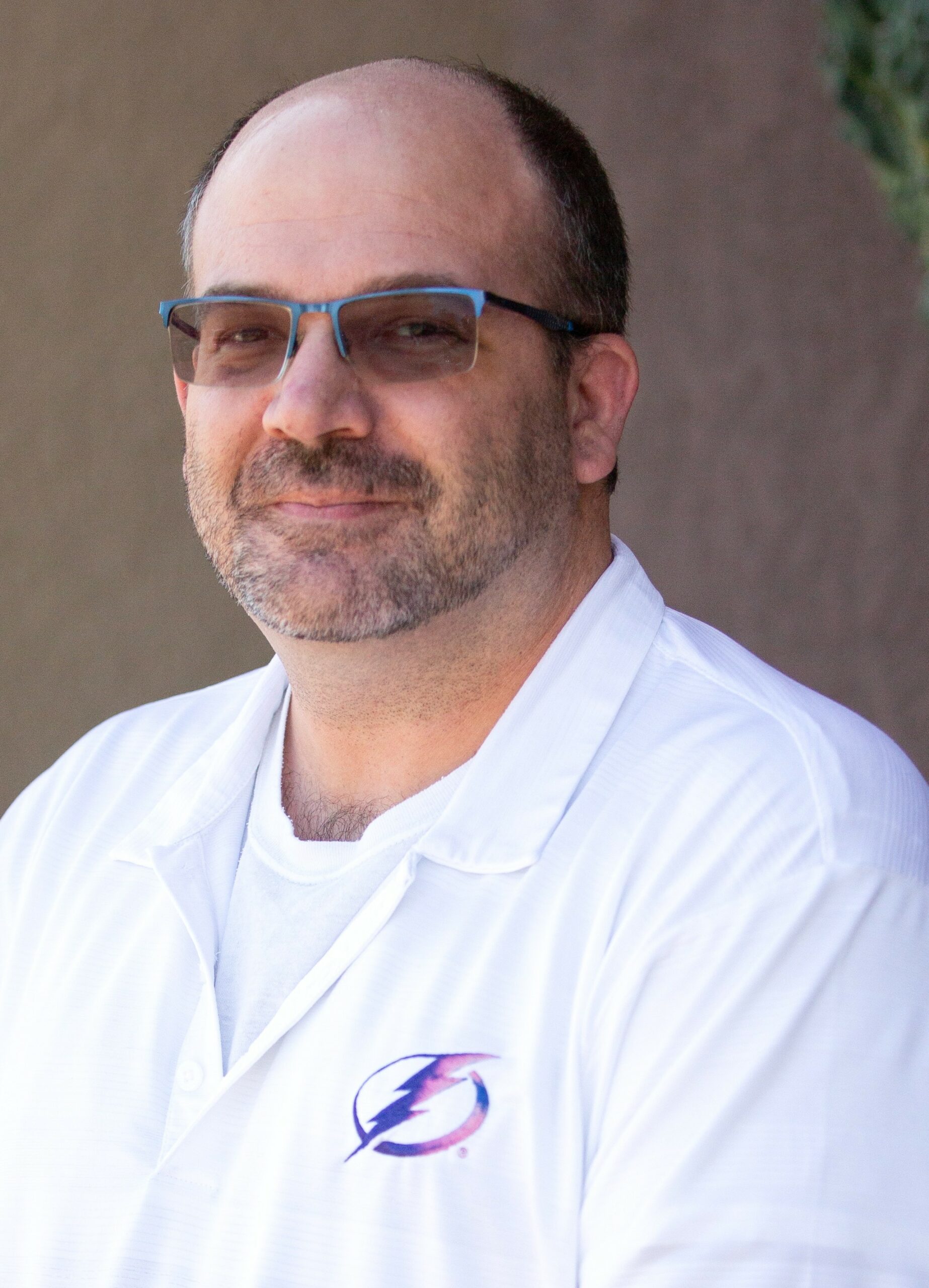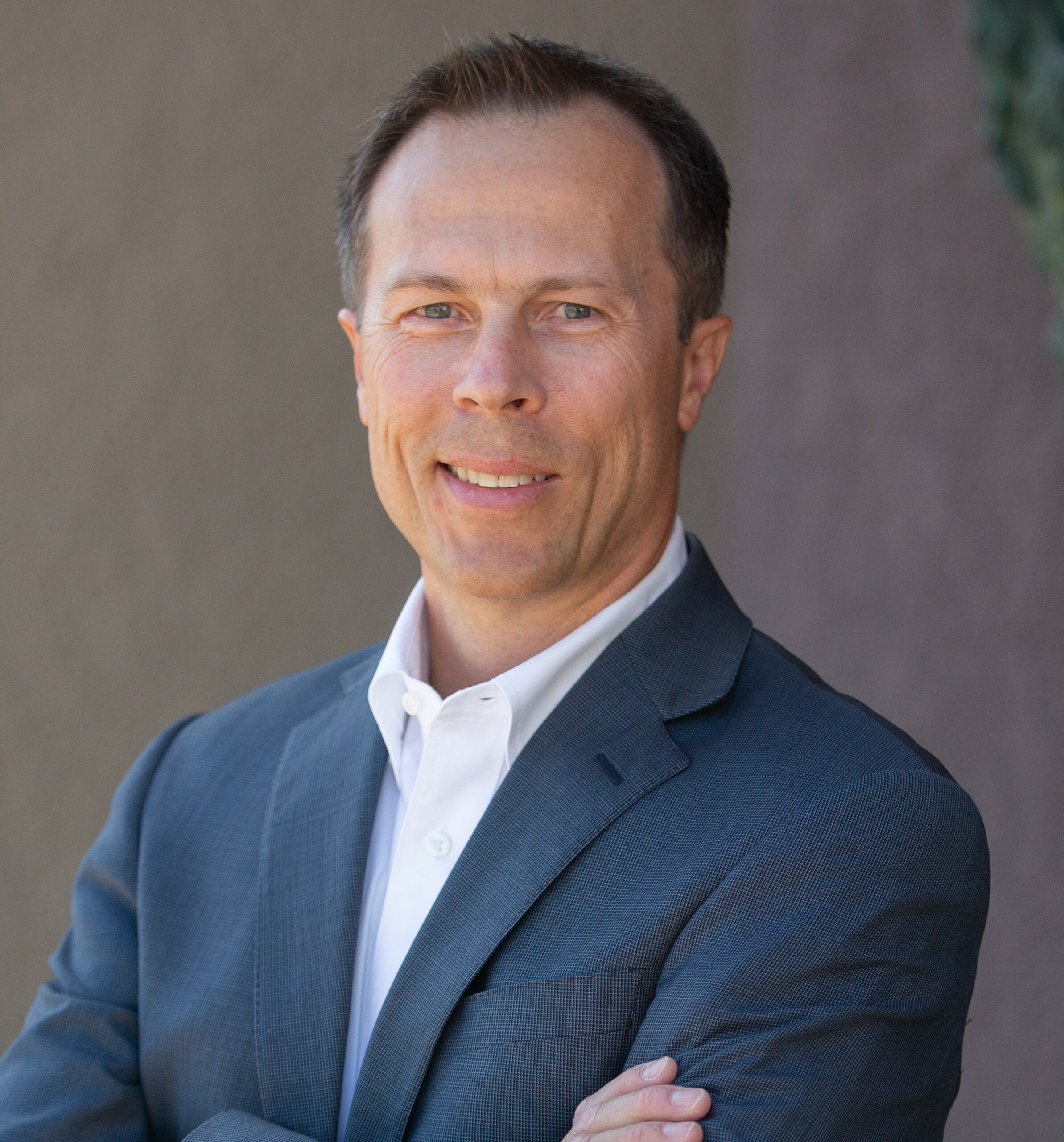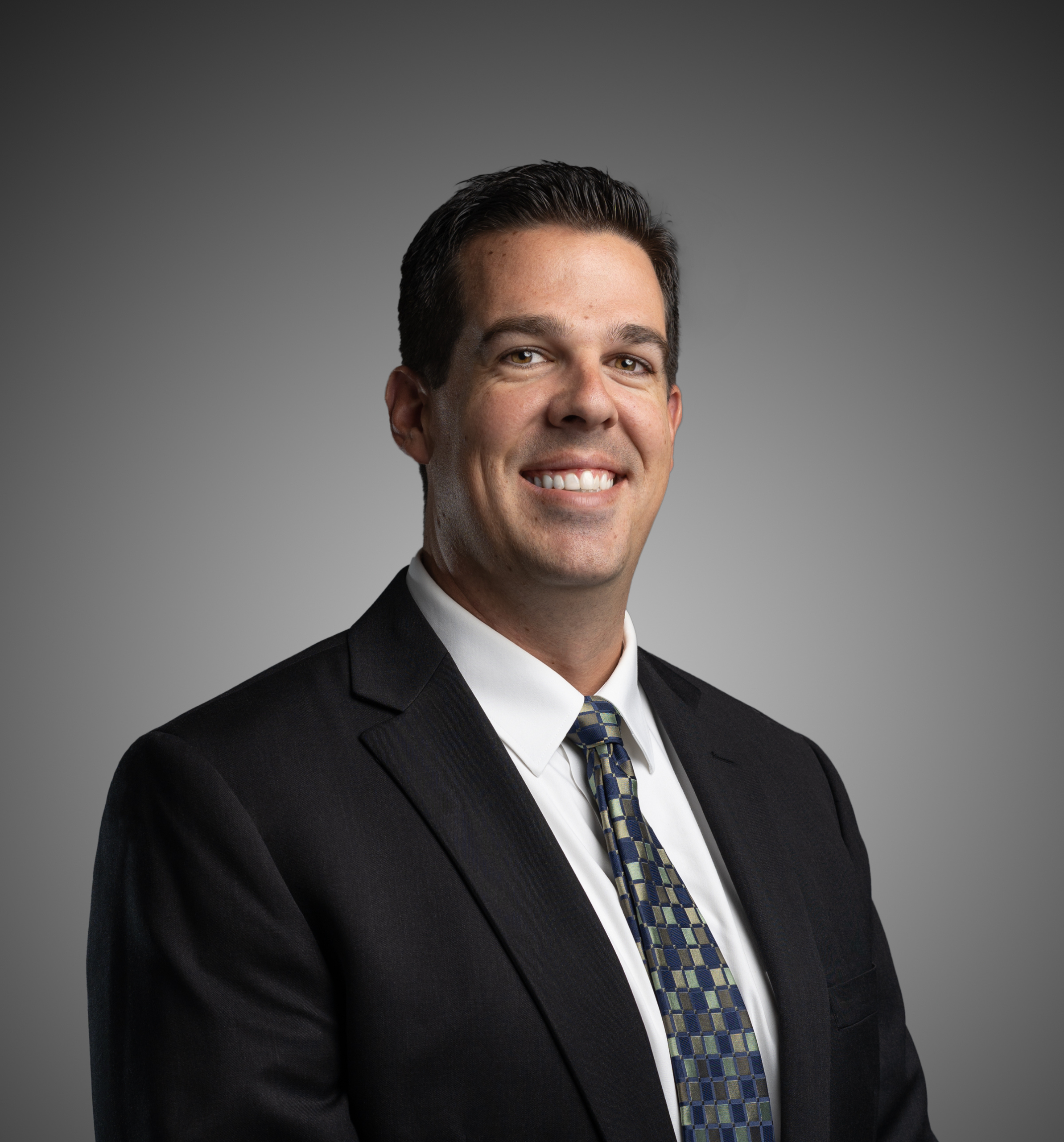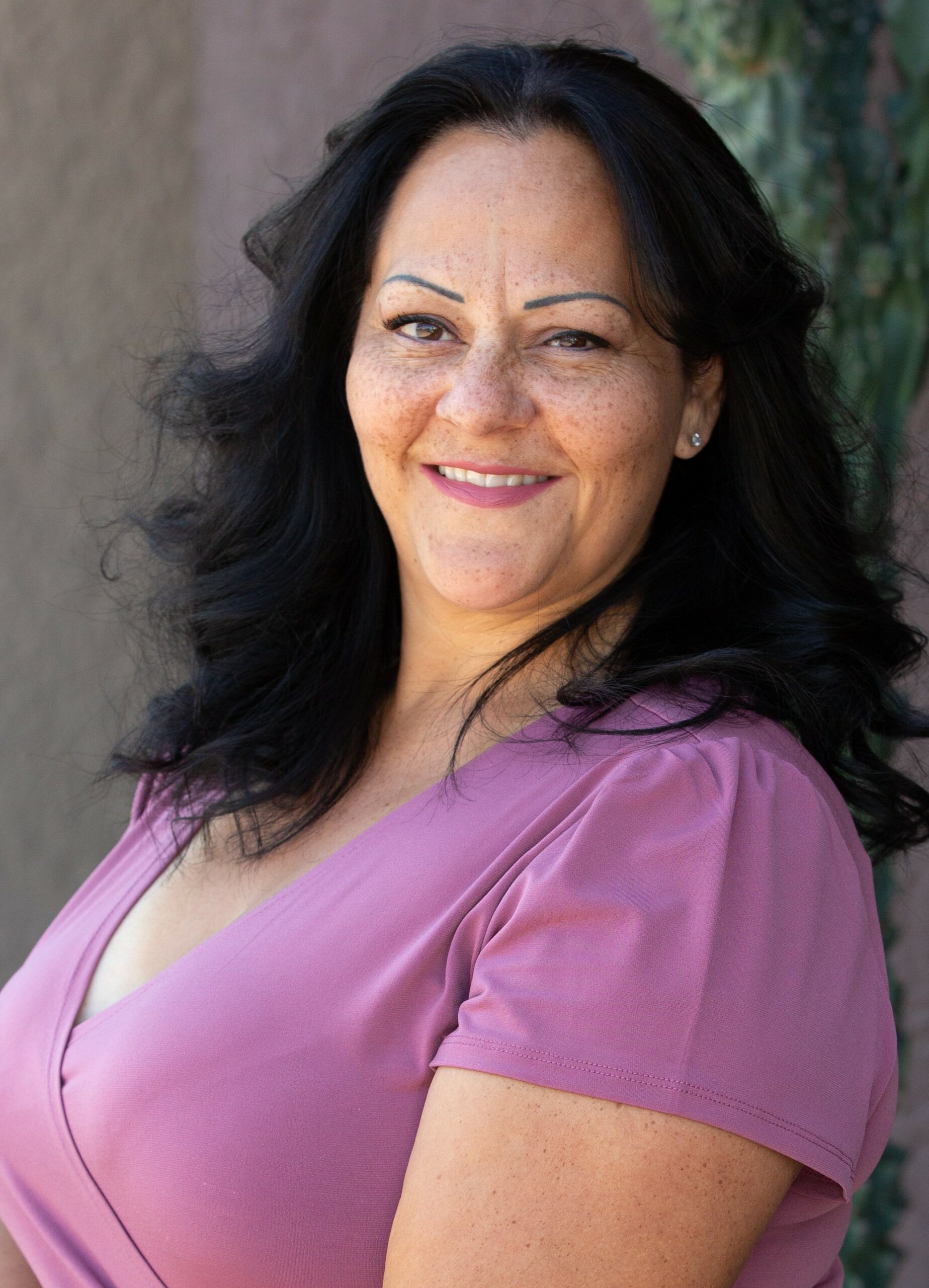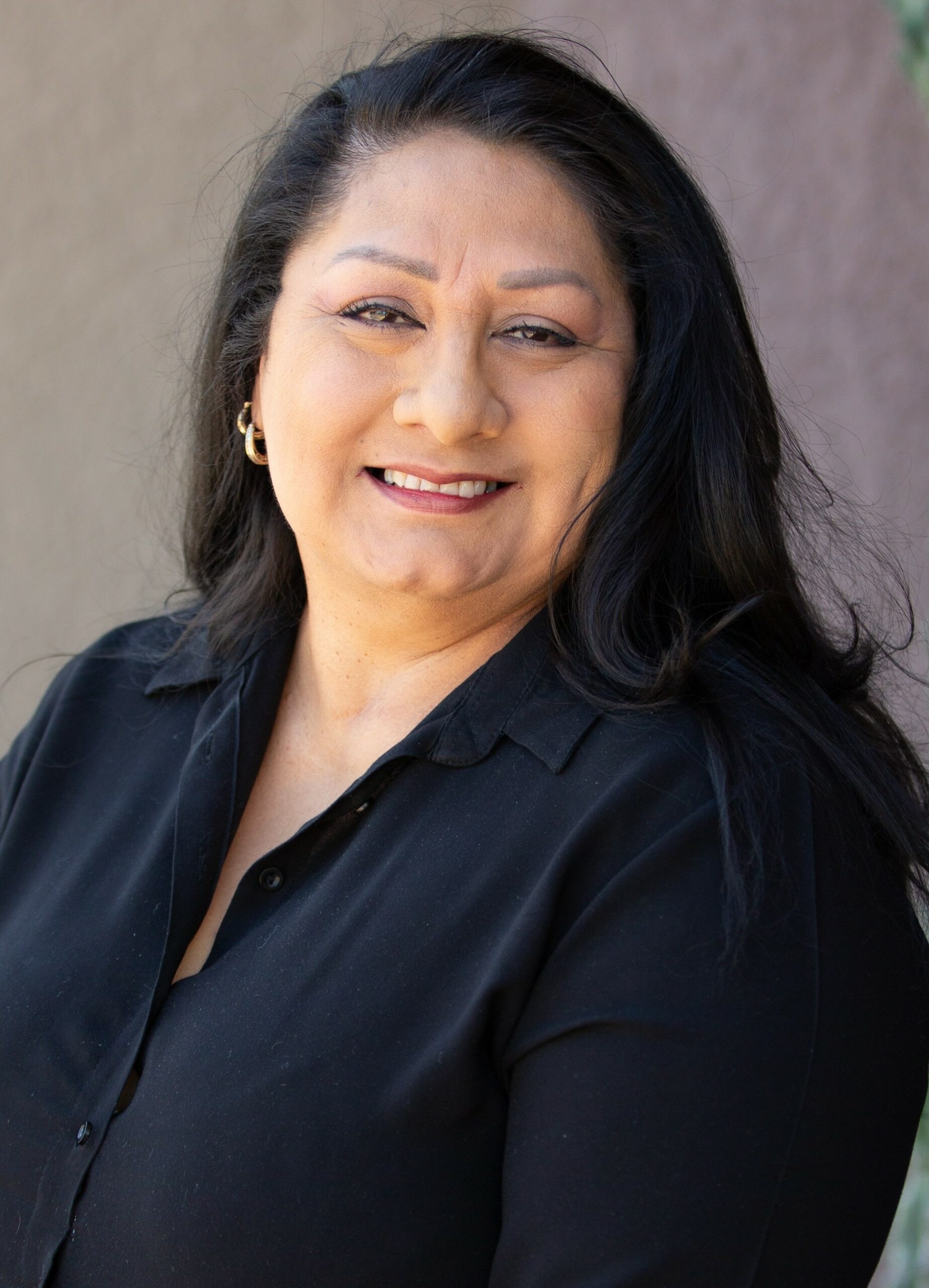The Coronavirus Aid, Relief, and Economic Security (CARES) Act, the largest stimulus package in the nation’s history, was enacted on March 27, 2020. The $2 trillion CARES Act builds upon the two earlier pieces of legislation, providing significant funding and tax measures to provide economic relief.
There are two key SBA small-business relief programs as part of the CARES Act:
- Paycheck Protection Program (PPP) provides up to a $10 million loan, which is forgivable if you meet certain milestones on maintaining your payroll. Learn more here.
- Economic Injury Disaster Loan (EIDL) & Grants borrowers can receive a $10k cash advance within 3 days of applying for up to $2m of an Economic Injury Disaster Loan (EIDL). Learn more here.
The PPP loan applications can be processed by lenders as early as April 3 2020, you should prepare NOW and apply as early as possible.
The EIDL application is live now.
We have covered both of these relief programs in more detail below.
Paycheck Protection Program
The Paycheck Protection Program is part of the Coronavirus Aid, Relief, and Economic Security (CARES) Act. This is a nearly $350-billion program intended to provide American small businesses with eight weeks of cash-flow assistance through 100% federally guaranteed loans. PPP allows borrowers to borrow 2.5 times their monthly payroll expenses, up to $10 million.
Key Points:
- All small businesses are eligible (businesses with up to 500 employees)
- The loan has a maturity rate of 2 years and an interest rate of 0.5%
- There is no need to make loan payments for the first six months
- No collateral or personal guarantees required
- No loan fees
- The loan covers expenses dating back to February 15 to June 30 2020
- The loan can be forgiven and essentially turned into a non-taxable grant
Do I qualify for the program?
Most likely, yes! This program is more extensive than the SBA disaster loan. Small businesses, sole proprietorships, independent contractors, and self-employed individuals can all qualify.
- Sole proprietorships will need to submit schedules from their tax return filed (or to be filed) showing income and expenses from the sole proprietorship.
- Independent contractors will need to submit Form 1099-MISC.
- Self-employed individuals will need to submit payroll tax filings reported to the Internal Revenue Service.
What can I use the PPP funds for?
The funds can be used for:
- Payroll and commission payments
- Group health care benefits/insurance premiums;
- Mortgage interest payments
- Rent and lease payments
- Utilities
- Interest on any other debt obligations that were incurred before the covered period.
Tip: Create a new, separate bank account to hold the funding so it’s easier to keep track of these expenses when you’re preparing to apply for loan forgiveness.
What’s included in Monthly Payroll Costs?
It includes salary, wages, commissions, payment of vacation, sick, parental/family/medical leave, payment of retirement contributions, group health coverage premiums and state and local taxes assessed on payroll. It doesn’t include federal payroll taxes though. It also doesn’t include payroll costs for those making more than $100,000. Their first $100,000 is considered, but anything in excess is not considered for determining average monthly payroll costs.
How do I apply?
The SBA itself doesn’t lend you the money, they just “back” the loan that the lender provides. You can apply for the Paycheck Protection Program through any SBA-approved lender—you can find one here.
Sole proprietorships can apply starting April 3. Independent contractors and self-employed individuals can apply starting April 10. You are encouraged to apply early as there is a funding cap for this program. You have until June 30 to submit an application.
As part of your application, you’ll be asked to verify:
- That funds will be used to retain workers and maintain payroll or make mortgage interest payments, lease payments, and utility payments;
- That the business does not have an SBA loan pending for the same purpose and uses of the Paycheck Protection Program loan
- That during the period beginning on February 15, 2020 and ending on December 31, 2020, the business has not received amounts under the Paycheck Protection Program for the same purpose or duplicative amounts applied for or received under a covered loan.
Here is a sample of the Paycheck Protection application form, indicating the type of information you’ll need to provide.
Tip: If you need help calculating “your average monthly payroll”, contact us.
How can I get my PPP loan forgiven?
In the 8 weeks following your loan signing date, all expenses related to the following can be forgiven:
- Payroll—salary, wage, vacation, parental, family, medical, or sick leave, health benefits
- Mortgage interest—as long as the mortgage was signed before February 15, 2020
- Rent—as long as the lease agreement was in effect before February 15, 2020
- Utilities—as long as service began before February 15, 2020
You’ll need to keep your records and have accurate bookkeeping to prove your expenses during the loan period.
As an example, let’s say your total “payroll costs” over the prior 12-month period is $240,000. As a result, your monthly average payroll is $20,000. We then multiply $20,000 by 2.5 and get the maximum loan amount of $50,000.
Let’s further assume that over the eight-week period after you receive the loan that you use $40,000 for payroll costs, $9,000 for rent and $5,000 on utilities. You would then have totally qualifying expenses for forgiveness of $54,000. Since you have qualifying expenses in excess of the loan amount, you would be eligible for forgiveness of the entire loan.
Tip: Apply early on! There are 30 million small businesses in the U.S. and $350 billion allocated to the program. We expect funds may run out before everyone can receive a loan.
SBA Economic Injury Disaster Loans (EIDL)
EIDL Loans are direct loans from the Small Business Administration (SBA), with a coverage period of January 31, 2020 to December 31, 2020. If you have a low payroll or need funds in excess of the amounts you qualify for under PPP, consider the EIDL loans, as they have low rates, longer repayment terms and can be used for more purposes than the PPP loans. However, they do not offer any form of loan forgiveness. But they do include a quick $10,000 grant to effected businesses that does not need to be repaid.
Additionally, even though there are no loan forgiveness provisions applicable to EIDL loans, companies that have already applied for or received EIDLs due to economic injury attributable to the COVID-19 pandemic can seek to refinance their EIDL loans under the PPP to take advantage of the PPP’s loan forgiveness provisions.
Am I eligible?
In addition to current eligible entities, including small-business concerns, private nonprofits, and small agricultural cooperatives in declared disaster areas, the following may also receive EIDLs:
- businesses with 500 or fewer employees;
- sole proprietorships, with or without employees, and independent contractors;
- cooperatives with 500 or fewer employees;
- Employee Stock Ownership Plans (ESOPs) with 500 or fewer employees; and
- tribal small business concerns with 500 or fewer employees.
What are the Loan Terms?
- Loan Amount: Up to $2 million, based on an applicant’s actual economic injury and financial need, but EIDLs do not replace lost sales or revenue.
- Calculation of Loan Amount: Dependent on loss incurred due to COVID-19. The SBA has indicated that amount should equal approximately six months of operating expenses.
- Interest Rate: Small business – 3.75% per annum, fixed; nonprofit – 2.75% per annum, fixed.
- Repayment: As determined by SBA underwriting.
- Term: Up to a 30-year term and amortization.
- Collateral: Required for EIDLs in amounts equal to or greater than $25,000.
- Guarantee: Payment guaranty is required for EIDLs of $200,000 or more.
- Recourse: The SBA has recourse against any borrower and any guarantor for non-payment.
- Loan Uses: The permitted uses of EIDL proceeds include:
- providing paid sick leave to employees unable to work due to the direct effect of COVID-19;
- maintaining payroll to retain employees during business disruptions or substantial slowdowns;
- meeting increased costs to obtain materials unavailable from applicant’s original source due to supply chain disruptions;
- making rent or mortgage payments; and
- repaying obligations that cannot be met due to revenue losses.
- Loan Forgiveness: None.
- Loan Fees: All upfront loan fees (e.g., origination fees) are waived.
- Prepayment: Permitted – No penalty or fee.
- EIDL Grant: While an EIDL loan application is pending with the SBA, the applicant may request an advance of up to $10,000 (EIDL Grant), which shall be paid by the SBA to the applicant within three days of the SBA’s receipt of the application. Awarded EIDL Grants will not need to be repaid, even if the EIDL application is denied.
How to Apply
Eligible applicants can apply online at the SBA’s website. In addition to the EIDL Application, the SBA may require some or all of the following information:
- IRS Form 4506-T, completed and signed by the following parties:
- applicant;
- each principal owning 20% or more of the applicant business;
- each general partner, manager, or managing member of the applicant business; and
- any owner who has more than a 50% ownership in an affiliate business.
- Evidence of ability to repay: two (2) years tax returns is standard, but credit scores or other appropriate methods of determining ability to repay are allowed.
- Financial statements (if requested):
- Personal financial statements, completed, signed and dated by the following parties:
- applicant;
- each principal owning 20% or more of the applicant business; and
- each general partner, manager or managing member of the applicant business.
- Most recent year-end balance sheet and income statement.
- Current year-to-date balance sheet and income statement as of the most recent month-end.
- Personal financial statements, completed, signed and dated by the following parties:
- Schedule of fixed debts.
- SBA Form 1368 (monthly sales figures).’
To apply for a COVID-19 Economic Injury Disaster Loan, click here. If you need help with an SBA loan, you can find your nearest Small Business Development Center (SBDC) or Women’s Business Center here.
Tip: Apply early! While the application deadline is December 31, 2020, the SBA urges applicants to apply as soon as possible to secure their place in line.
Can I apply for paycheck protection and an EDIL?
Yes, you can. However, you can’t apply for an SBA disaster loan for the same purpose as the Paycheck Protection Program. That being said, when you apply for the SBA disaster loan, you can also request a $10,000 emergency grant, interest-free. If approved, the SBA will provide the grant within three days. You can apply for the loan and grant here.

